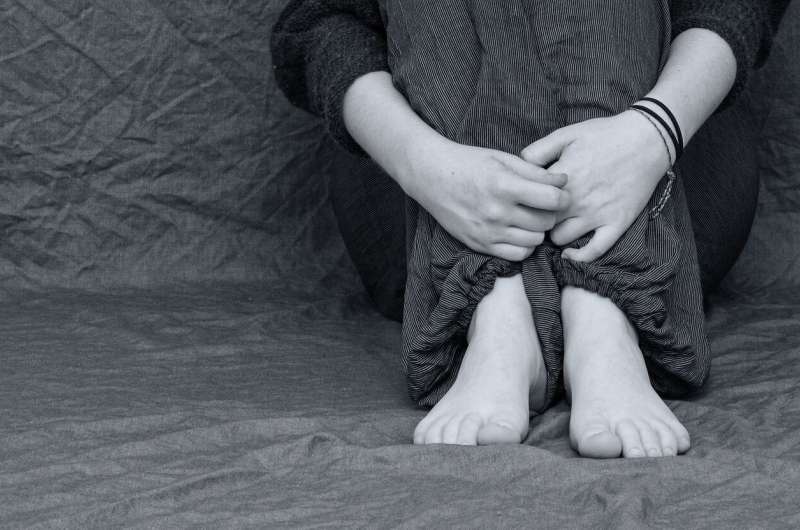Most adolescents dying by suicide or harming themselves are known to health services

Around 80 percent of adolescents who died by suicide or who had self-harmed had consulted with their GP or a practice nurse in the preceding year, shows new research.
The large study of 10- to 19-year-olds between 2003 and 2018, published in the Journal of Child Psychology and Psychiatry, also puts forward a series of proposals to deal with the problem.
The study is funded by the NIHR Greater Manchester Patient Safety Translational Research Centre (NIHR GM PSTRC), a partnership between The University of Manchester and The Northern Care Alliance NHS Foundation Trust (NCA).
It showed that 85 percent who later took their own lives consulted with their GP or a practice nurse at least once in the preceding year; the equivalent figure was 75 percent for those youngsters who harmed themselves non-fatally.
Lower than expected rates of diagnosis of psychiatric illness, around a third in both groups, were probably down to a lack of contact with mental health services, rather than an absence of psychiatric illness, argue the research team. Depression was by far the commonest of the examined conditions among both groups, accounting for over 54 percent of all recorded diagnoses.
Also, while suicide was more common in boys, non-fatal self-harm was more common in girls. Two-thirds of adolescents who died by suicide had a history of non-fatal self-harm.
And while self-harm risk rose incrementally with increasing levels of deprivation, suicide risk did not.
Suicide frequency did increase with age: two thirds occurred at 17–19. However, adolescents who self-harmed tended to be younger: almost 65 percent had their first recorded episode below age 17.
The study analyzed the data of 324 adolescents who had died by suicide and 56,008 who had self-harmed, using the Clinical Practice Research Datalink, which contains interlinked general practice, hospital, and national mortality records.
Lead-author Lukasz Cybulski, a GM PSTRC Ph.D. Fellow from The University of Manchester, said: "That most adolescents who had harmed themselves or died by suicide were known to services in the preceding year highlights how important it is to identify their pathology and adequately treat it.
"Ensuring timely access to effective treatment is a priority as we already know that people who experience psychiatric illnesses are at much higher risk of harming themselves or dying by suicide"
Co-author Dr. Shruti Garg from The University of Manchester said: "Late adolescence can be a particularly vulnerable time for young people experiencing mental health problems. Improving access and provision of transition mental health services so that young people do not fall in the gap between CAMHS and adult mental health services should be a priority."
Professor Nav Kapur from The University of Manchester and another of the study's authors said: "Suicide and self-harm are complex behaviors with many potential causes. In young people, bullying, bereavement, health problems, and academic pressures can all be important antecedents.
"This means that a comprehensive approach to prevention is vital and one that requires coordination between families, schools, social services, and health professionals."
"The association between deprivation and self-harm risk suggests that prevention must also target underlying social determinants, such as barriers to educational achievement, low income, unemployment, and crime."
More information: Lukasz Cybulski et al, Risk factors for nonfatal self‐harm and suicide among adolescents: two nested case–control studies conducted in the UK Clinical Practice Research Datalink, Journal of Child Psychology and Psychiatry (2021). DOI: 10.1111/jcpp.13552



















